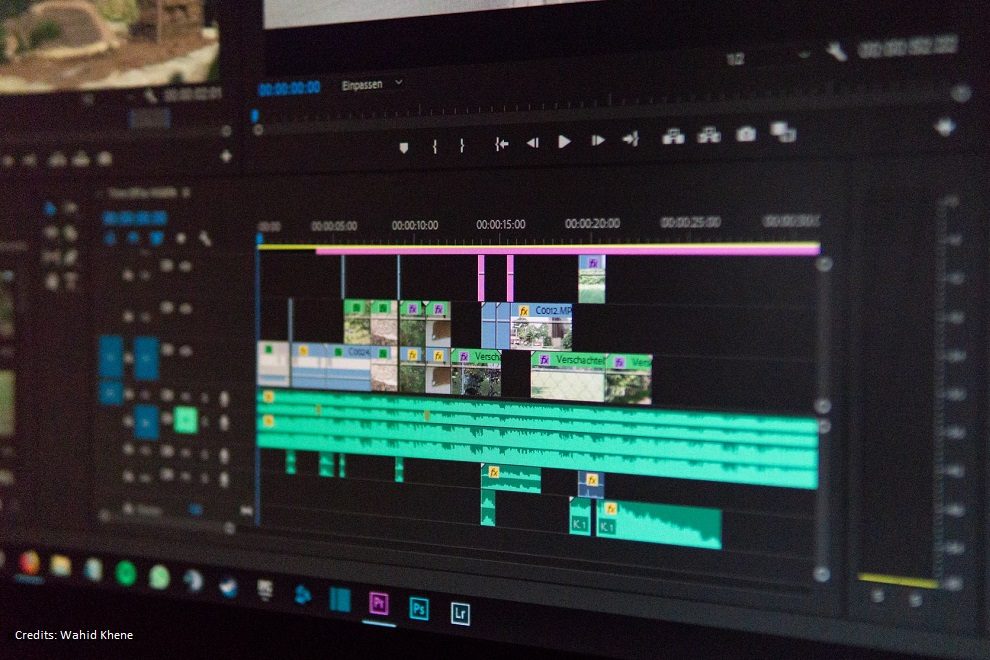The new Versatile Video Coding (VVC) standard advances the state of the art of video compression and has unprecedented application versatility. It has the flexibility to enable emerging applications such as 360-degree omnidirectional immersive multimedia, remote screen sharing, cloud-based collaboration, cloud gaming, and region-based extraction and merging. It also offers improved quality encoding for ultra-high definition (UHD) and high-dynamic-range (HDR) video as well as conventional video coding applications.
The experts team responsible for the development of VVC recently agreed the technical specification of the new standard, moving VVC toward final ITU approval with the ‘consent’ to enter the concluding ‘last call’ phase of its standardization process.
VVC will be published as ITU H.266 | ISO/IEC 23090-3.
VVC results from the work of the Joint Video Experts Team (JVET), the latest team to lead the longstanding collaboration of the ITU-T Study Group 16 Video Coding Experts Group and ISO/IEC JTC1/SC29/WG11 (Moving Picture Experts Group, MPEG).
“The video compression algorithms standardized in collaboration by ITU, ISO and IEC continue to enable giant leaps forward in video quality,” said ITU Secretary-General Houlin Zhao. “They are also central to industry’s ability to meet rising demand for video, the most bandwidth-intensive source of data exchanged over global networks.”
“VVC is the result of a global collaboration of the video coding community, which has joined forces again to produce a major advance in video compression technology,” said JVET Co-Chair Gary J. Sullivan.
“VVC is more than yet another compression standard. Its versatility comes from combining well-established and novel technology elements. The design has been rigidly tested with various application cases in mind,” said fellow JVET Co-Chair Jens-Rainer Ohm.
“The completion of VVC is a major milestone for the work of ITU-T Study Group 16, marking the conclusion of the last decade of video coding standardization and the beginning of the next,” said Noah Luo, Chairman of ITU-T Study Group 16 (Multimedia).
Video now accounts for about 80 per cent of all Internet traffic.
VVC will need only half the bit rate of its predecessor ‘High Efficiency Video Coding’ to achieve the same level of video quality for high-resolution video content. It will reduce the amount of data necessary to enable high-quality video for an unprecedented range of new and existing applications. The compression performance of VVC will enable the delivery of UHD services at bit rates today used to carry high definition (HD) services. Halving the required bit rate for a desired video quality will also ease pressure on global networks, for example by enabling twice as much video content to be stored on a server or provided by a streaming service.
VVC values coding efficiency and versatility in equal measure.
The new standard offers specialized tools for the coding of screen content, the computer-generated content of applications such as remote screen sharing, cloud-based collaboration and cloud gaming. Reference picture resampling with VVC will support the adaptive streaming solutions that adjust video streams to users’ available bandwidth. VVC also provides for independent sub-pictures for applications such as tiled streaming of 360-degree video, enabling higher resolution for the portion of a 360-degree video in view.
VVC expands the range of technical options available to support video, but the standards preceding VVC will continue to enable video applications and services worldwide.
‘High Efficiency Video Coding’ (HEVC, published as ITU H.265 | ISO/IEC 23008-2) entered the market in 2013 and was honoured with a Primetime Emmy Award in 2017 in recognition of its emergence as the primary coding format for UHD TV services. The standard became the key enabling technology for UHD viewing experiences while concurrently enabling operators to utilize network capacity more efficiently.
ITU H.264 | MPEG-4 ‘Advanced Video Coding’ entered the market in 2003 and achieved the recognition of a Primetime Emmy Award in 2008 for unlocking significant advances in video spanning from high definition TV (HDTV) to 3G mobile multimedia. The standard enabled improvements in video quality to an extent that motivated the broad deployment of HDTV services. It remains the world’s most widely deployed video compression standard.












